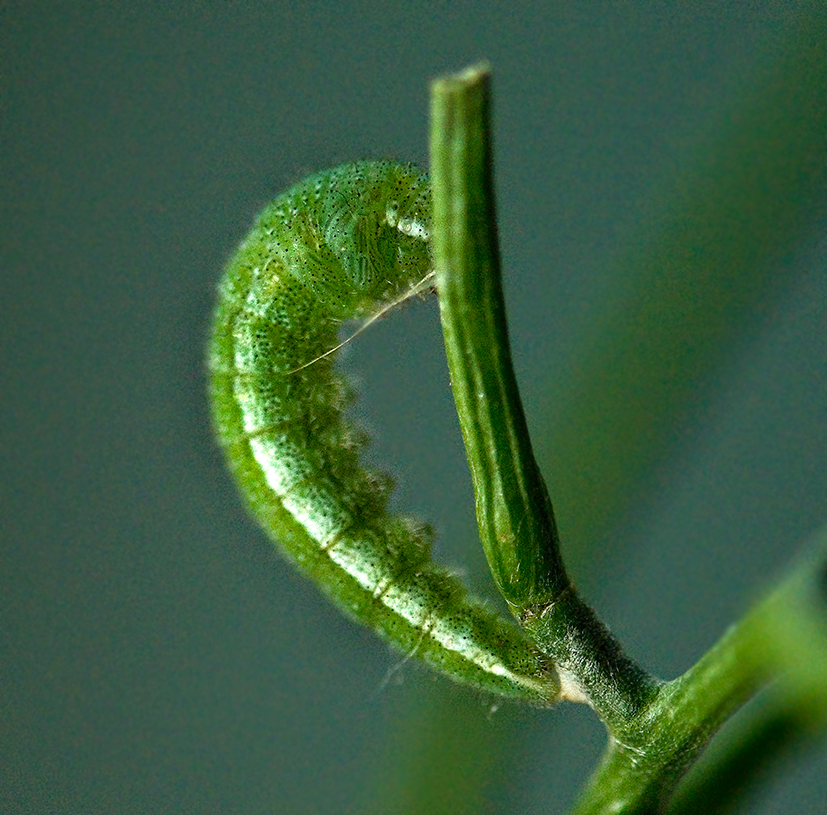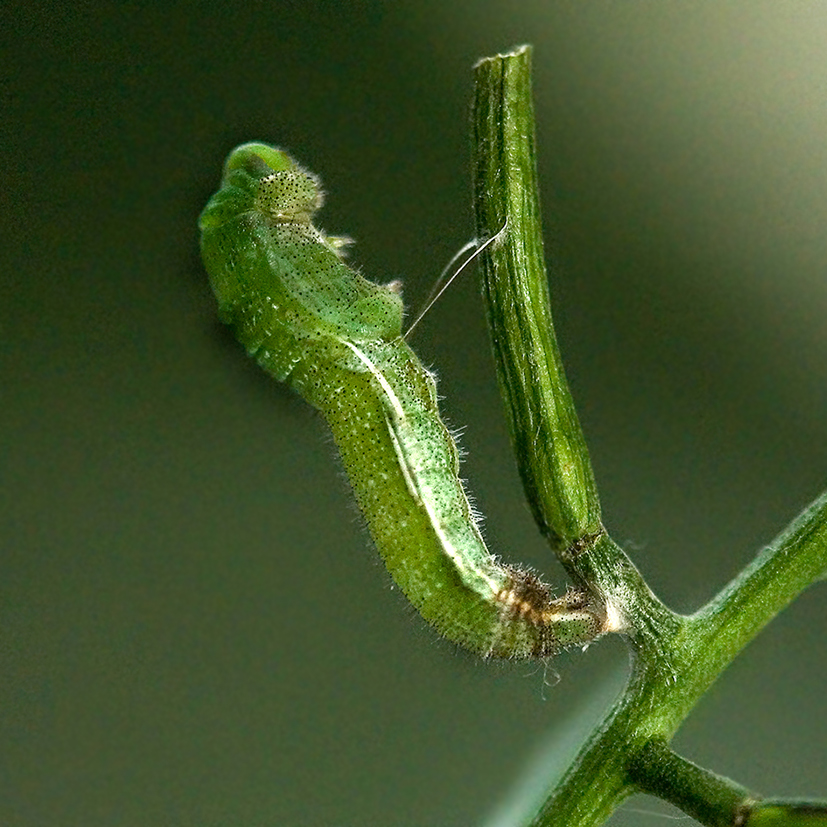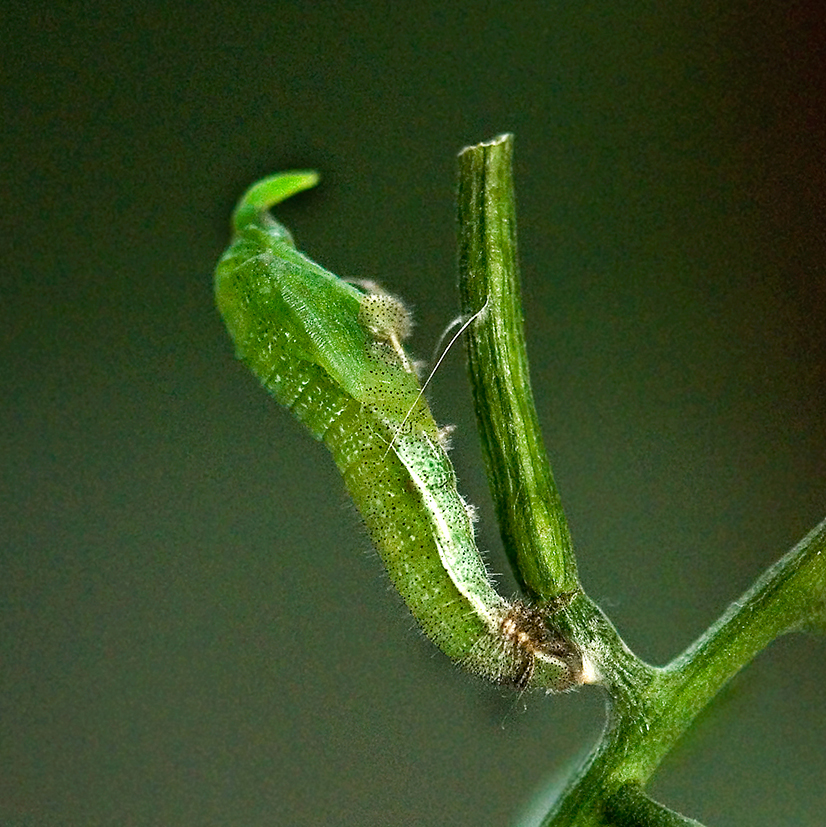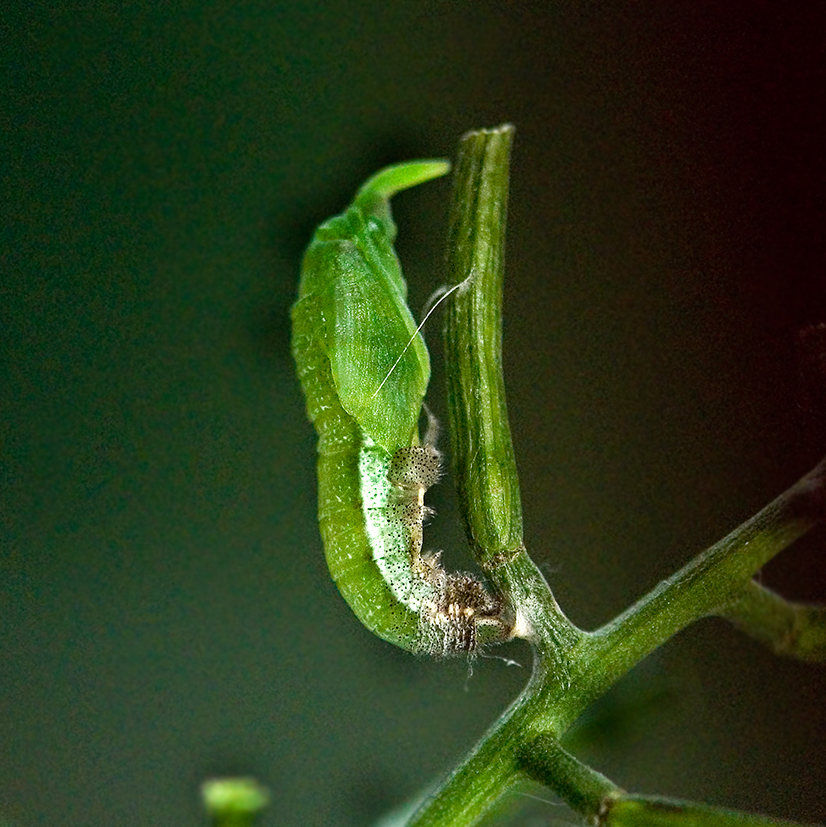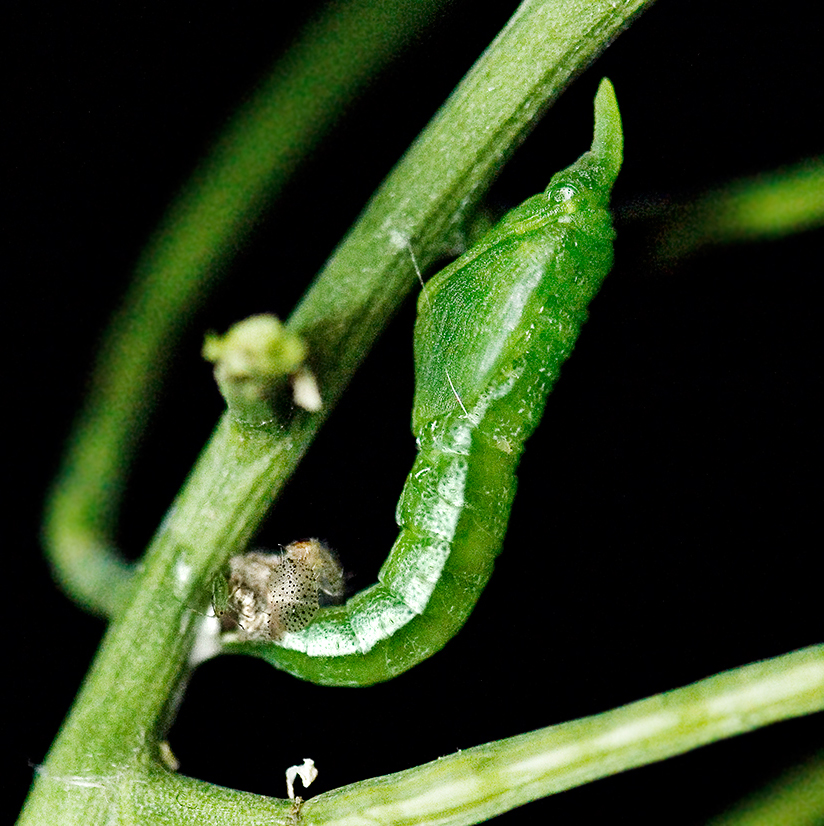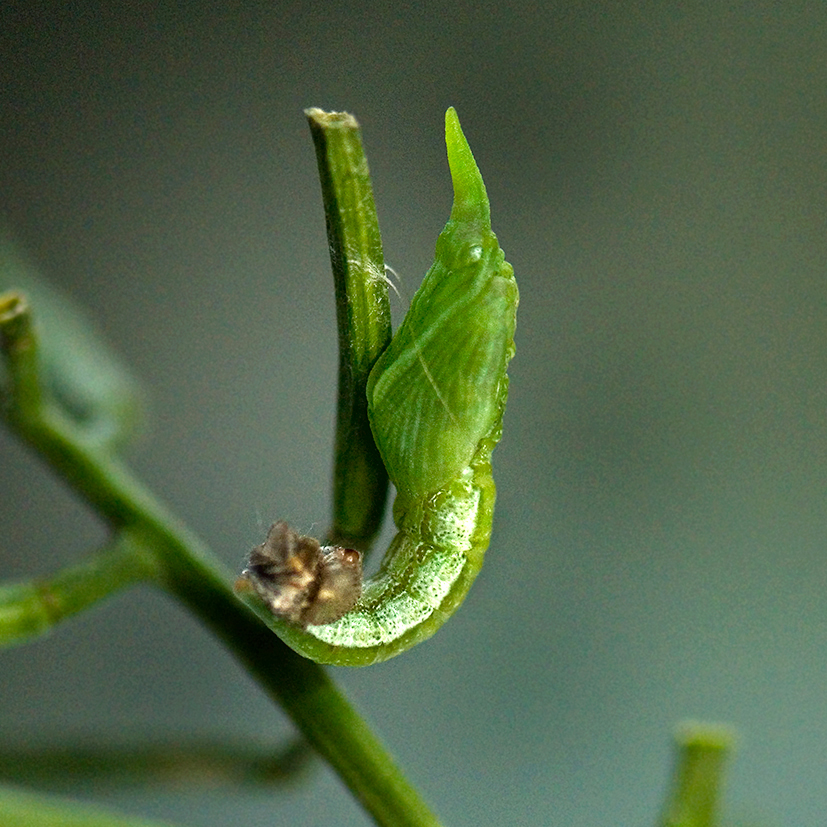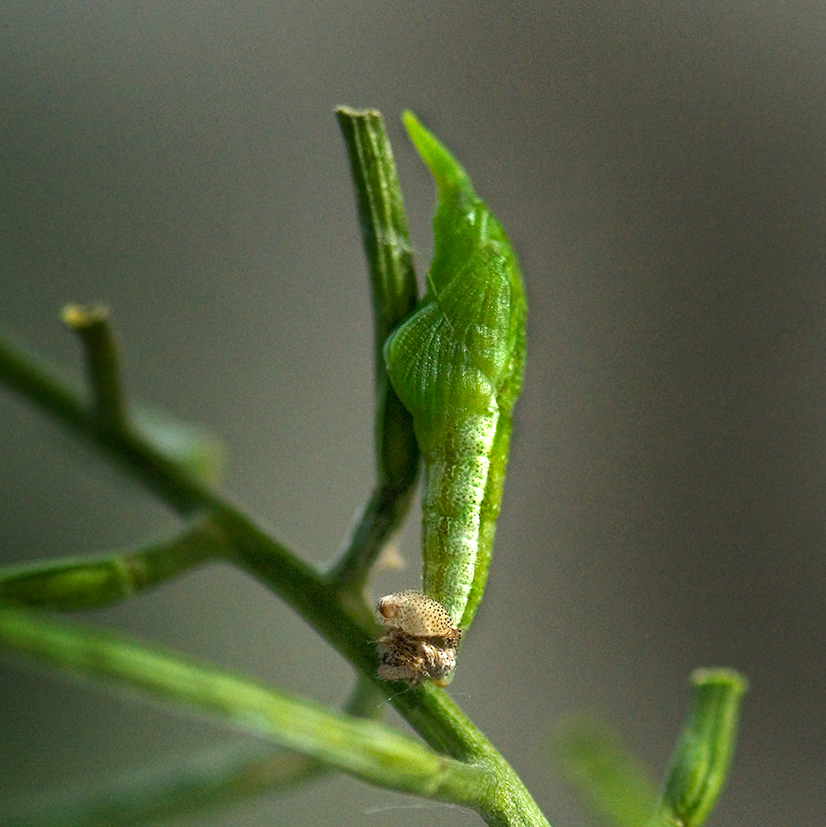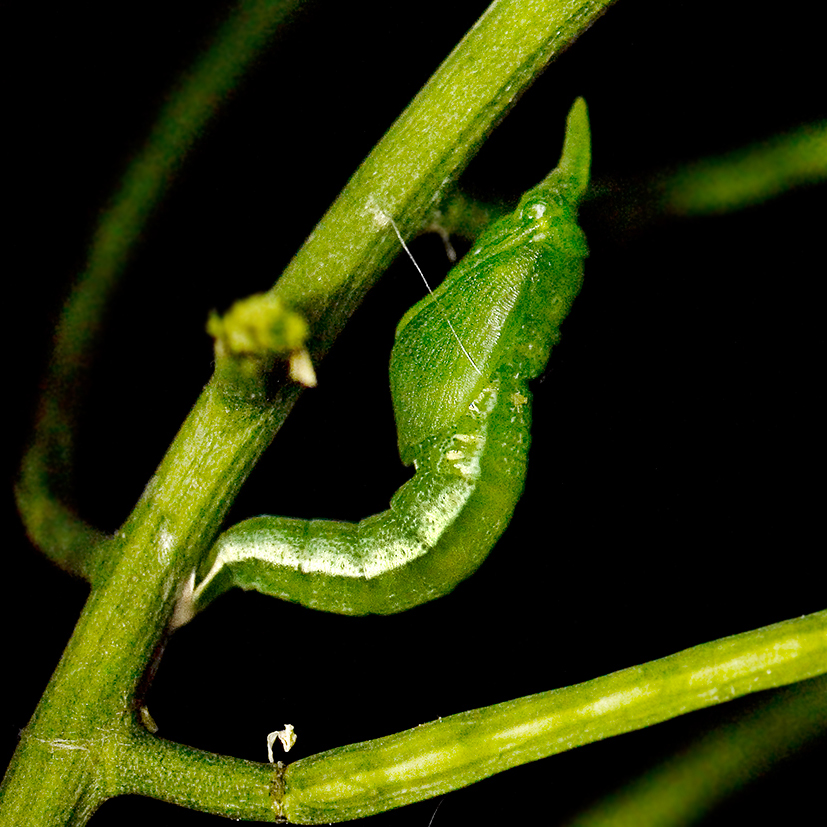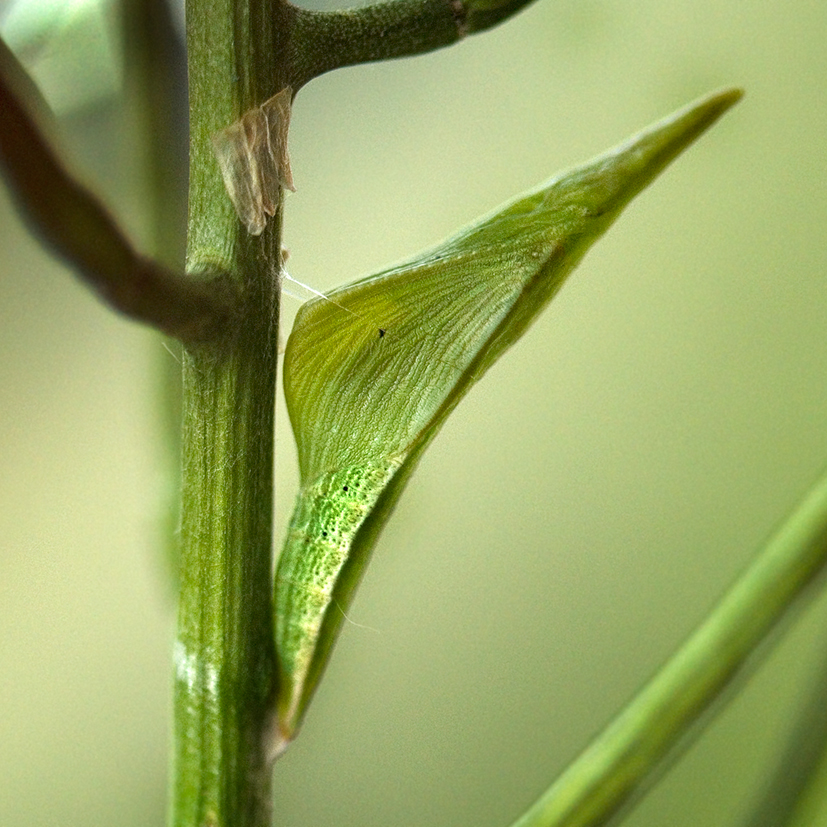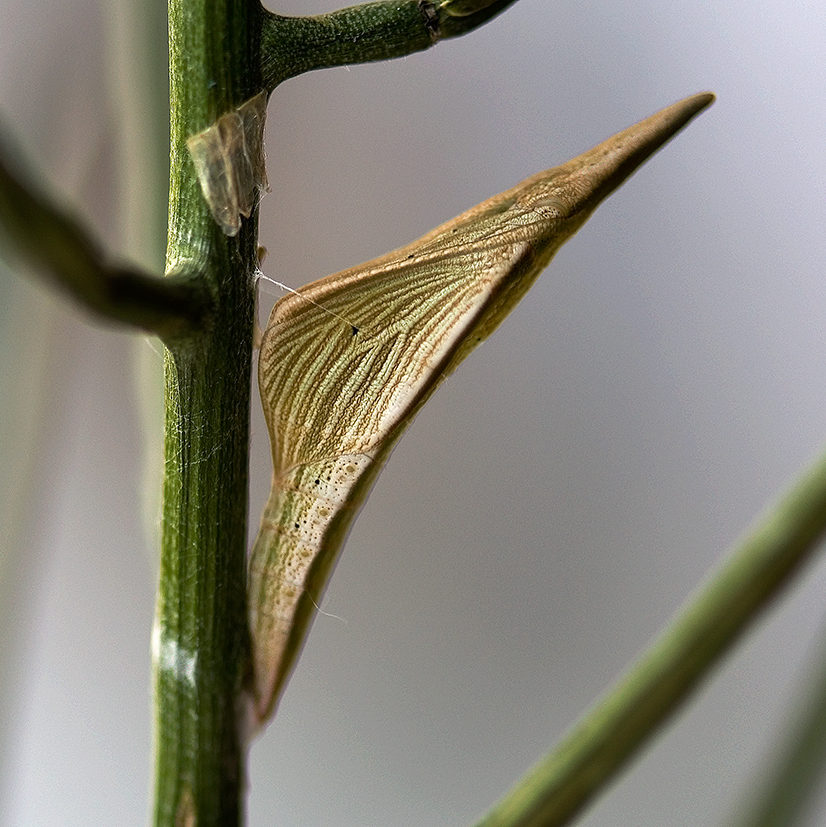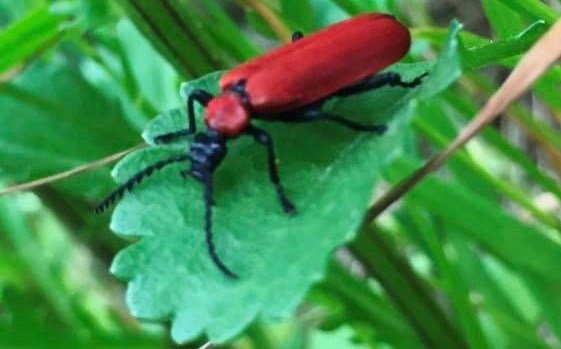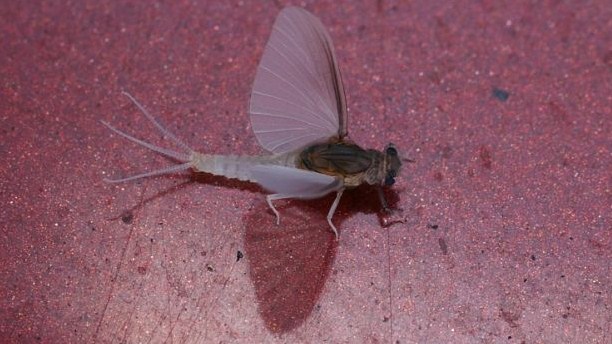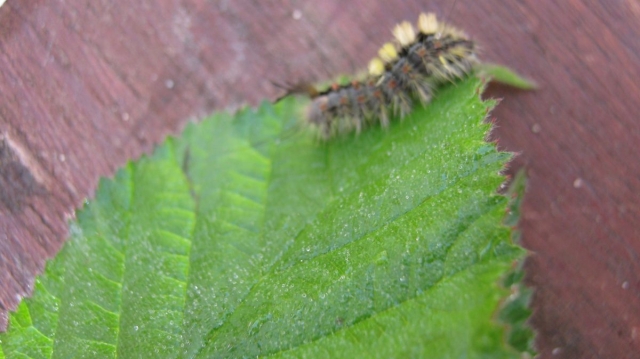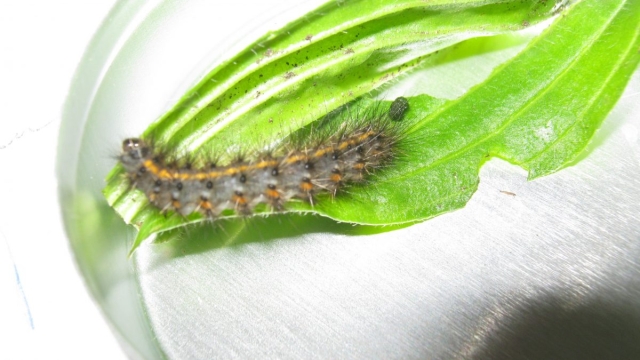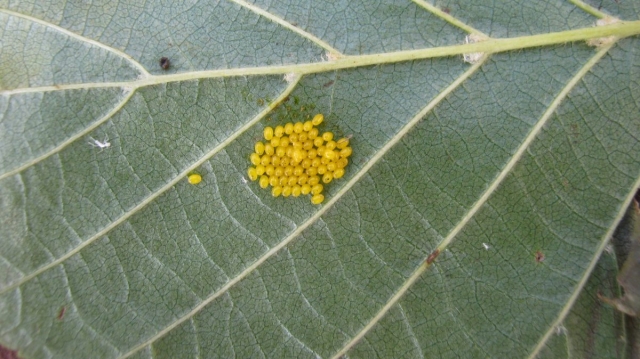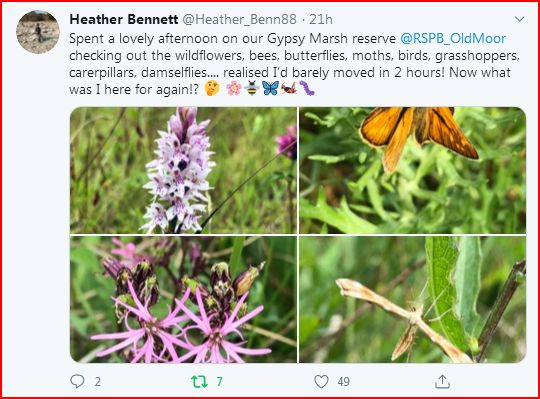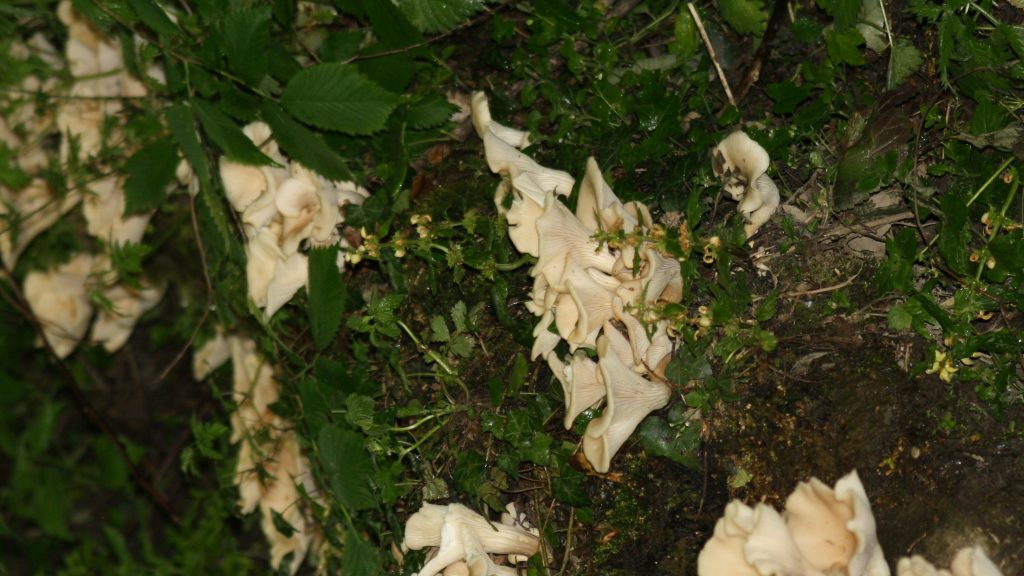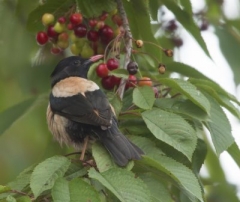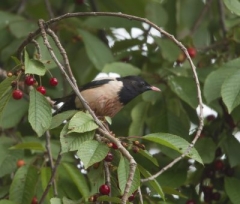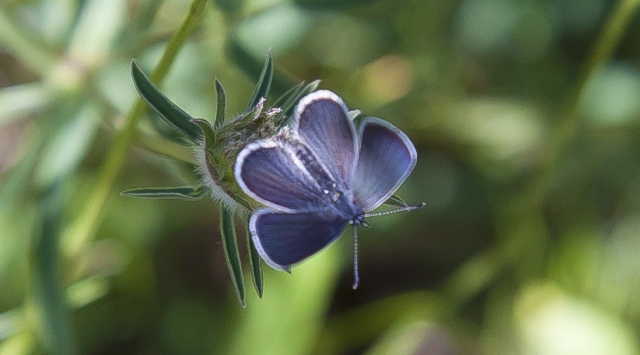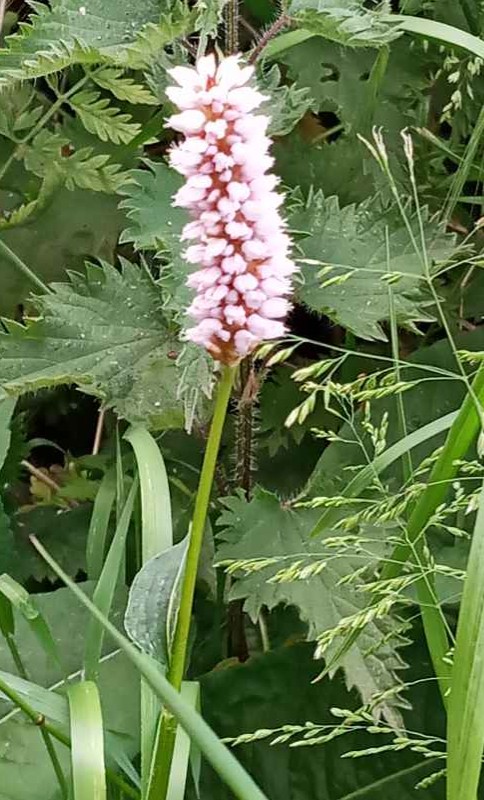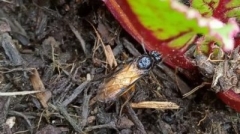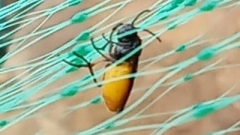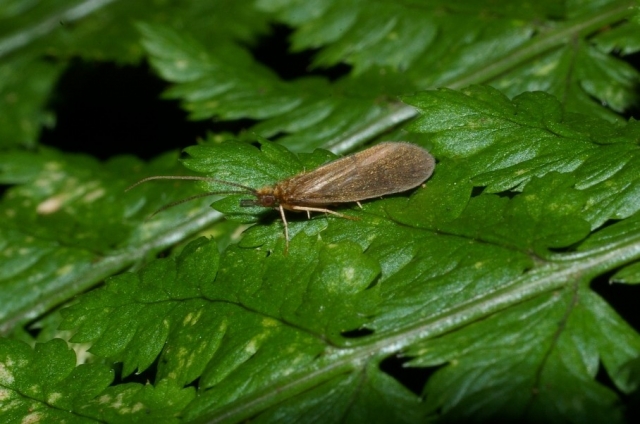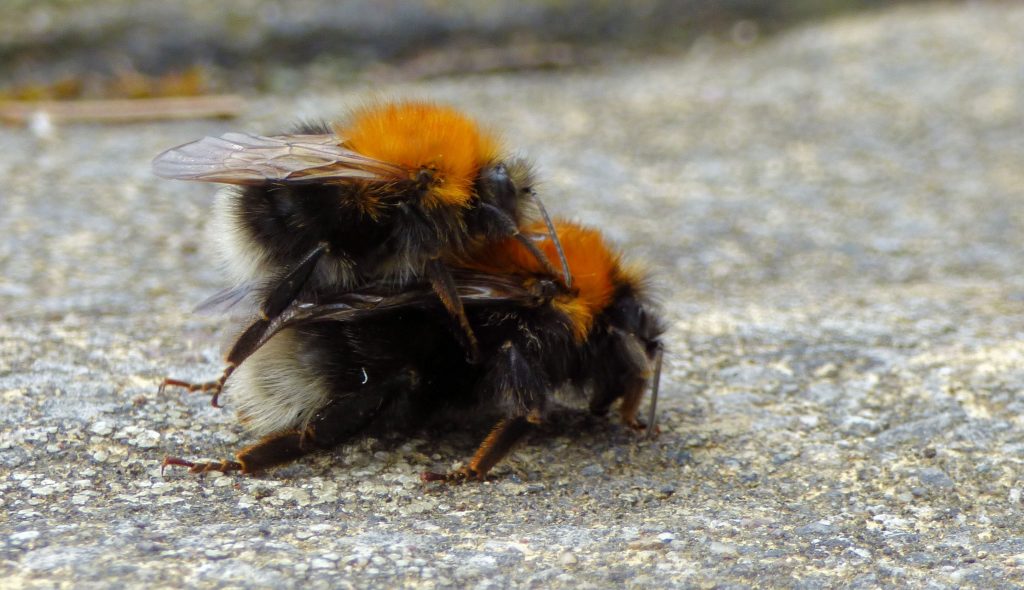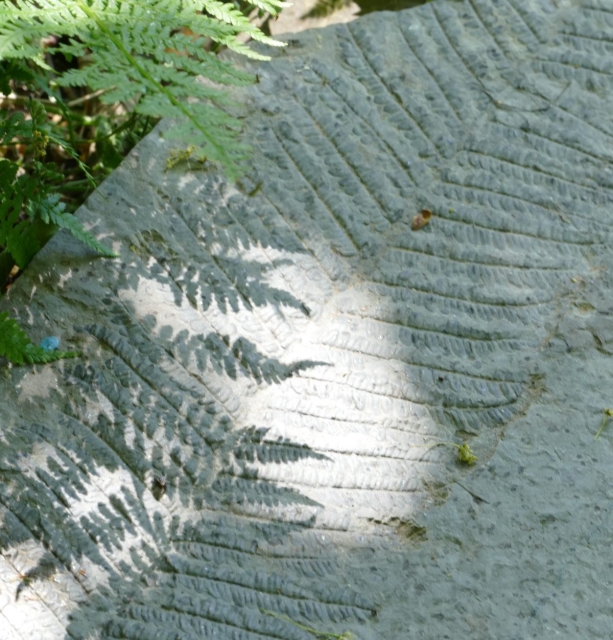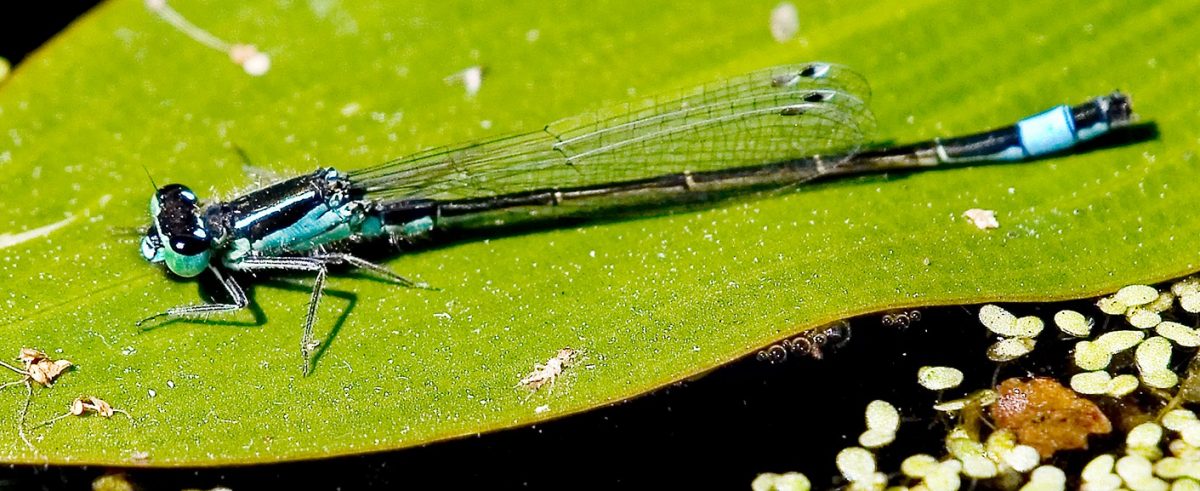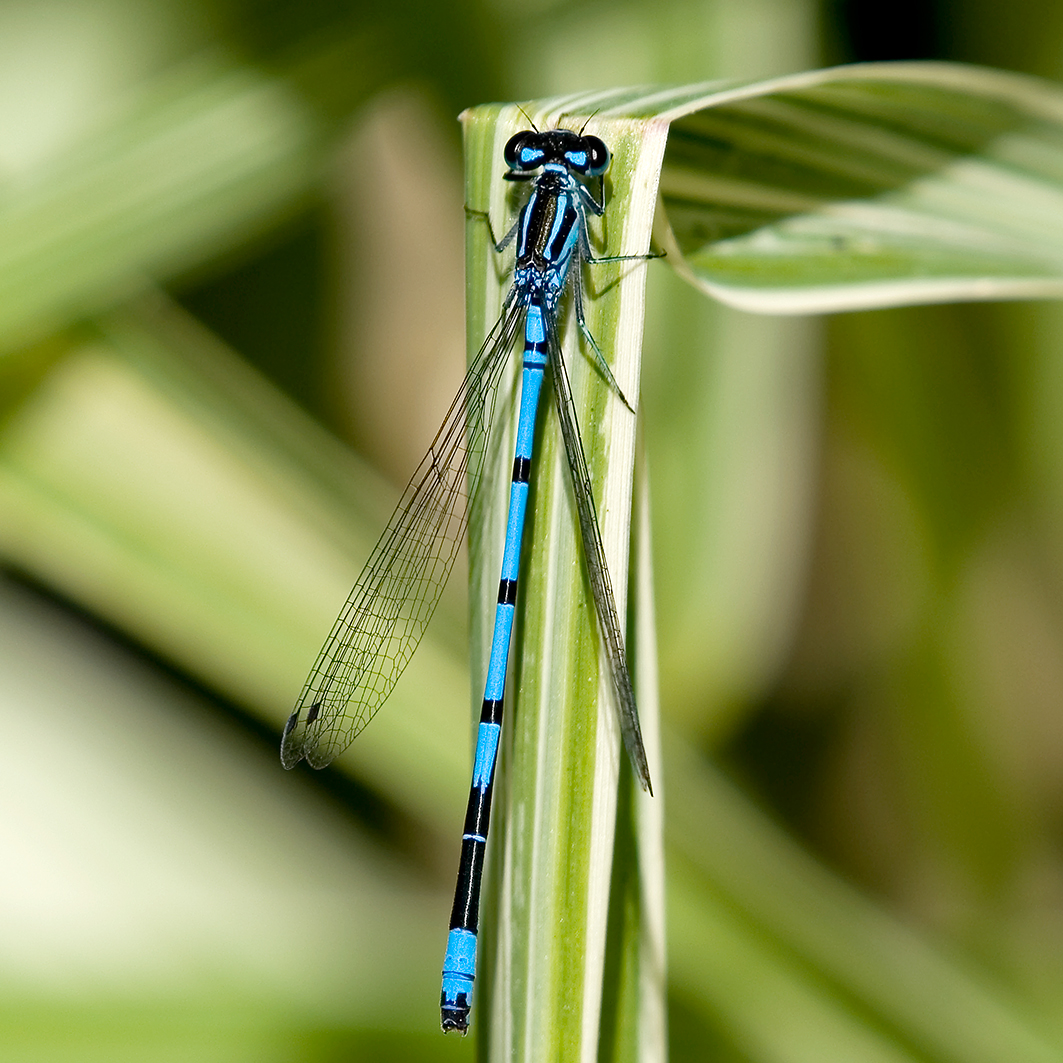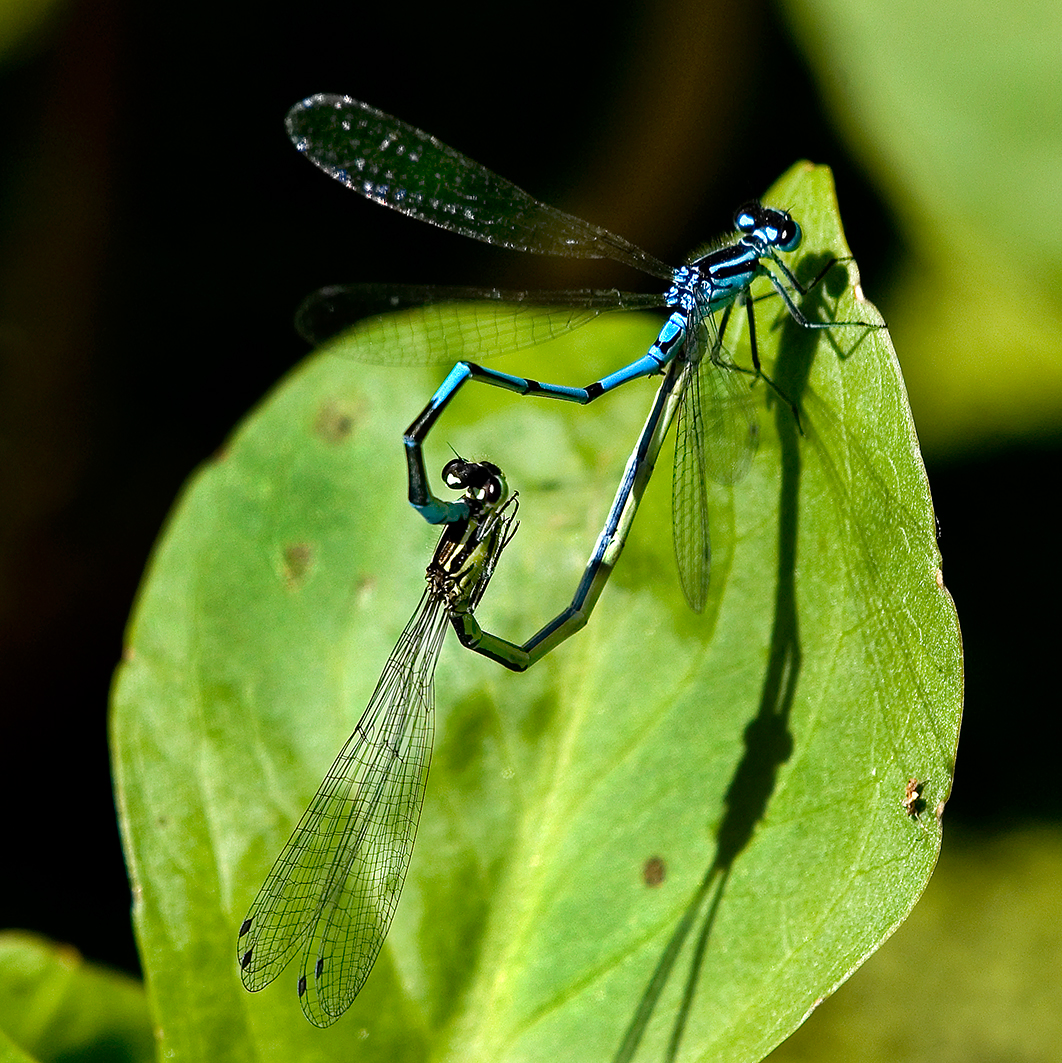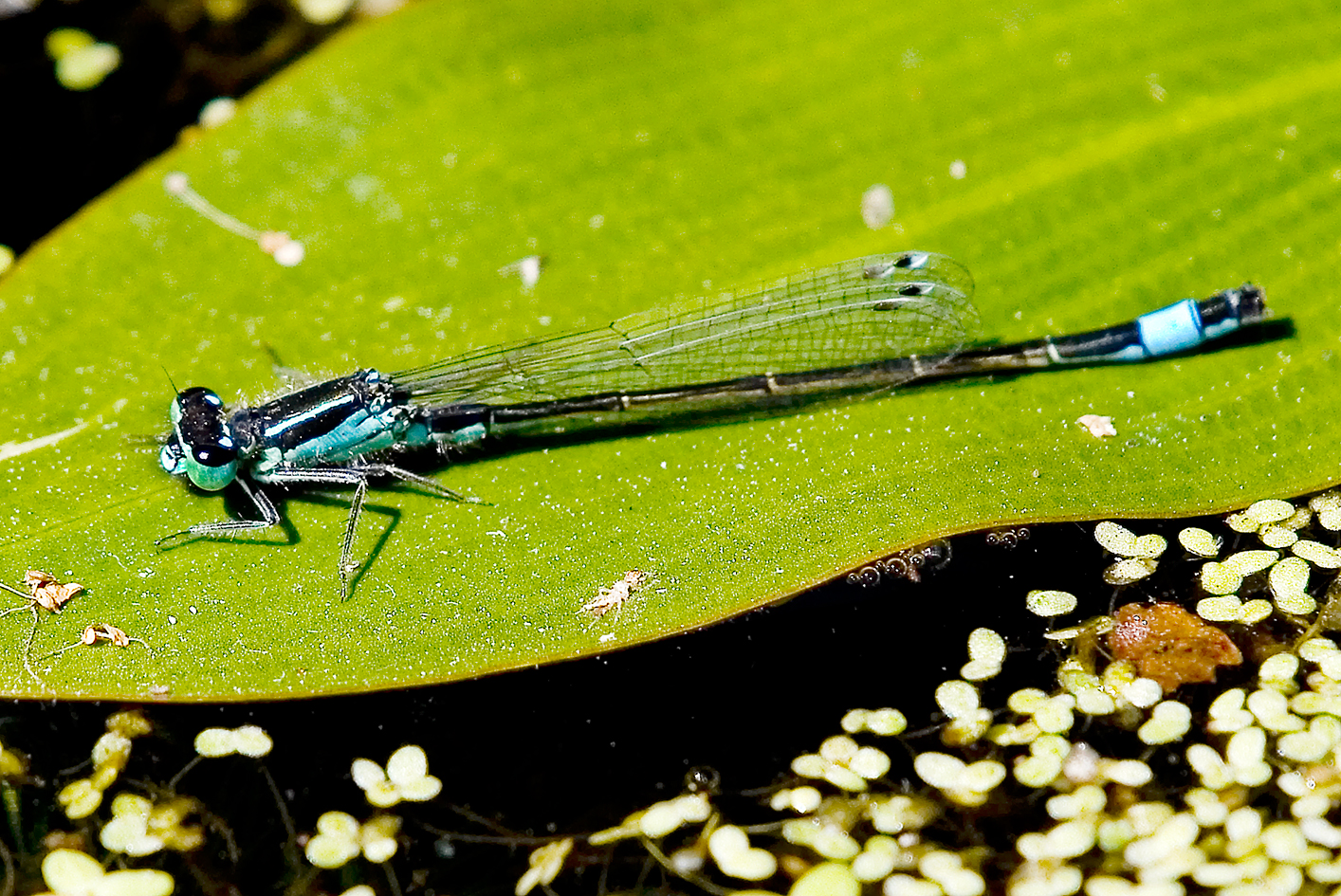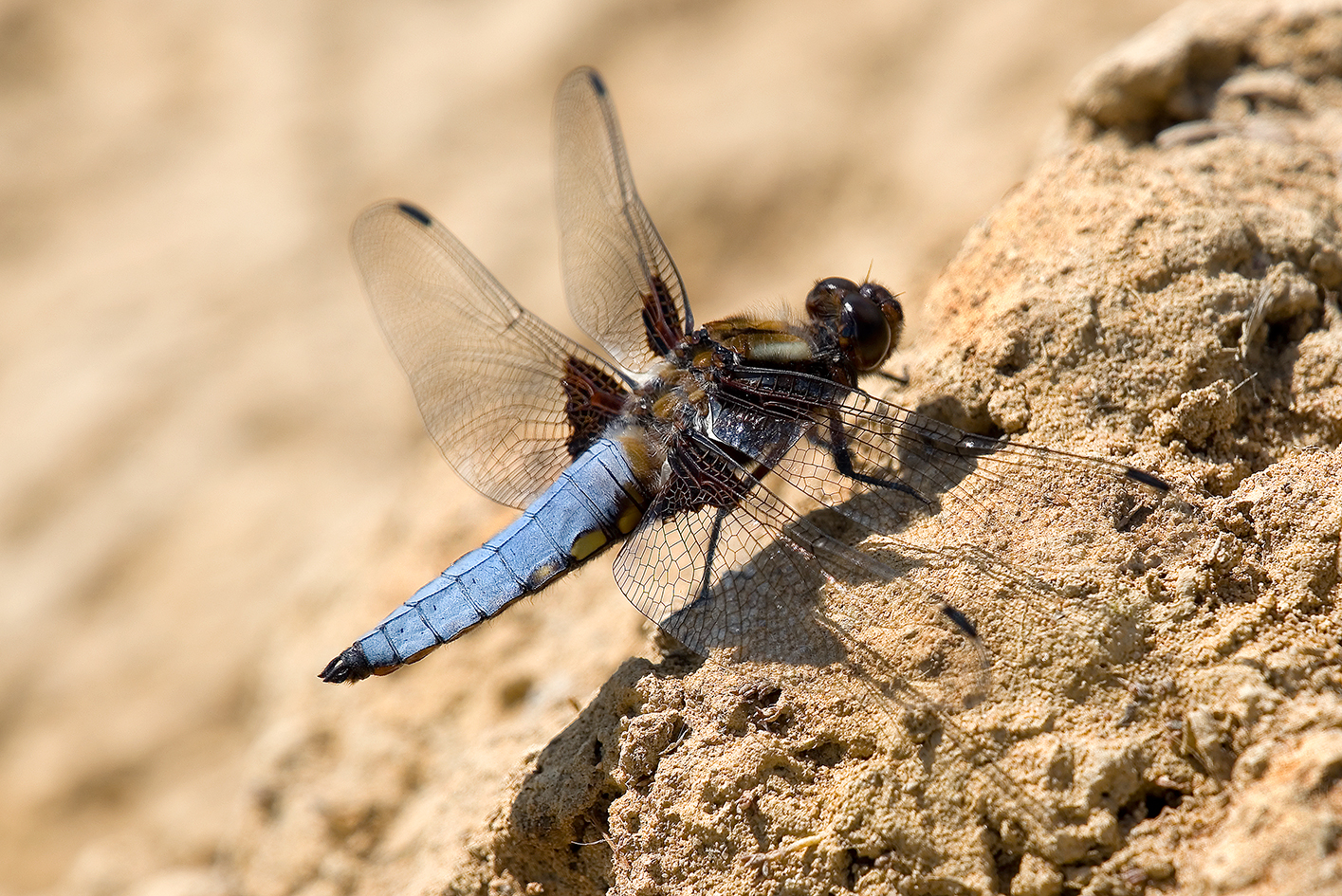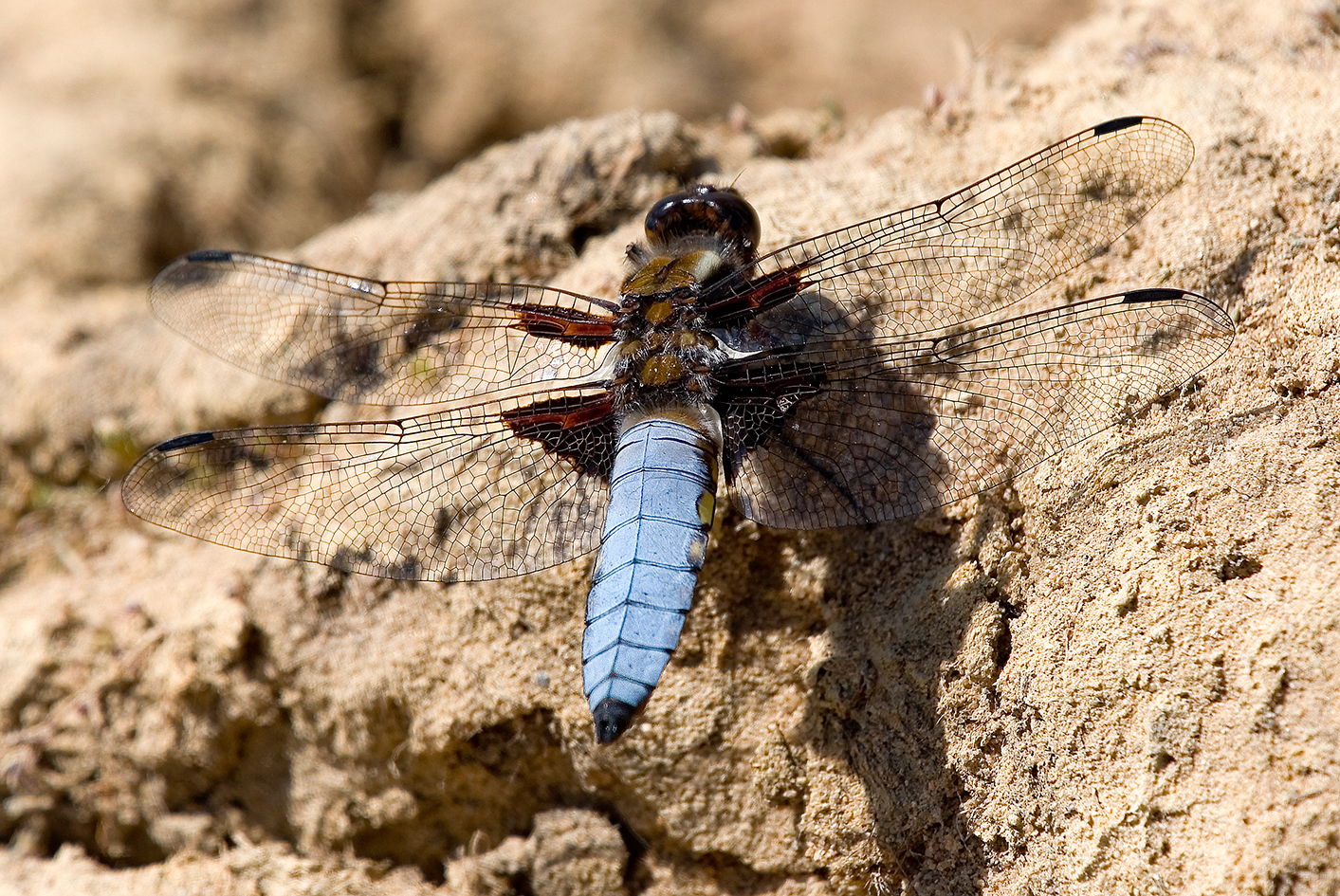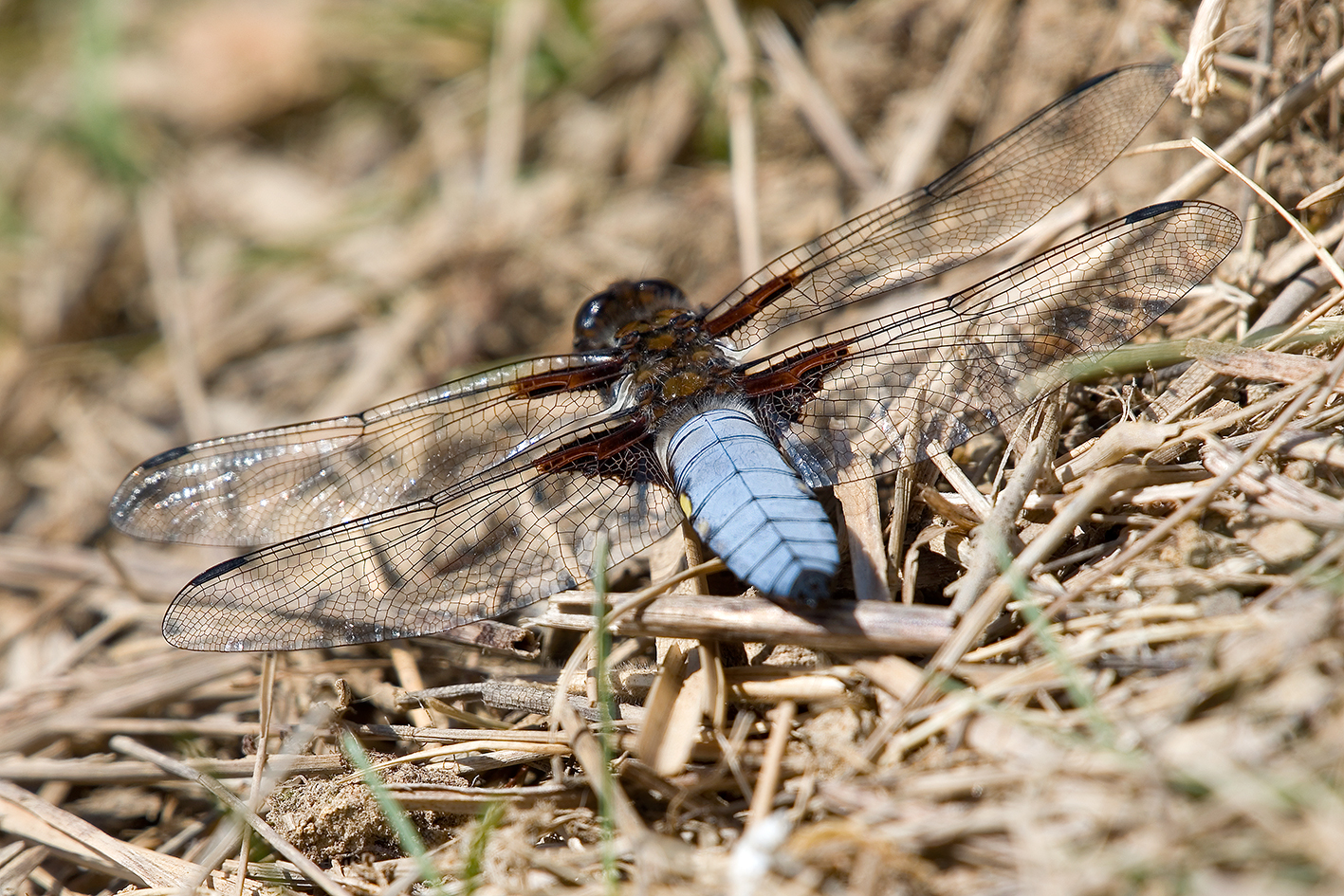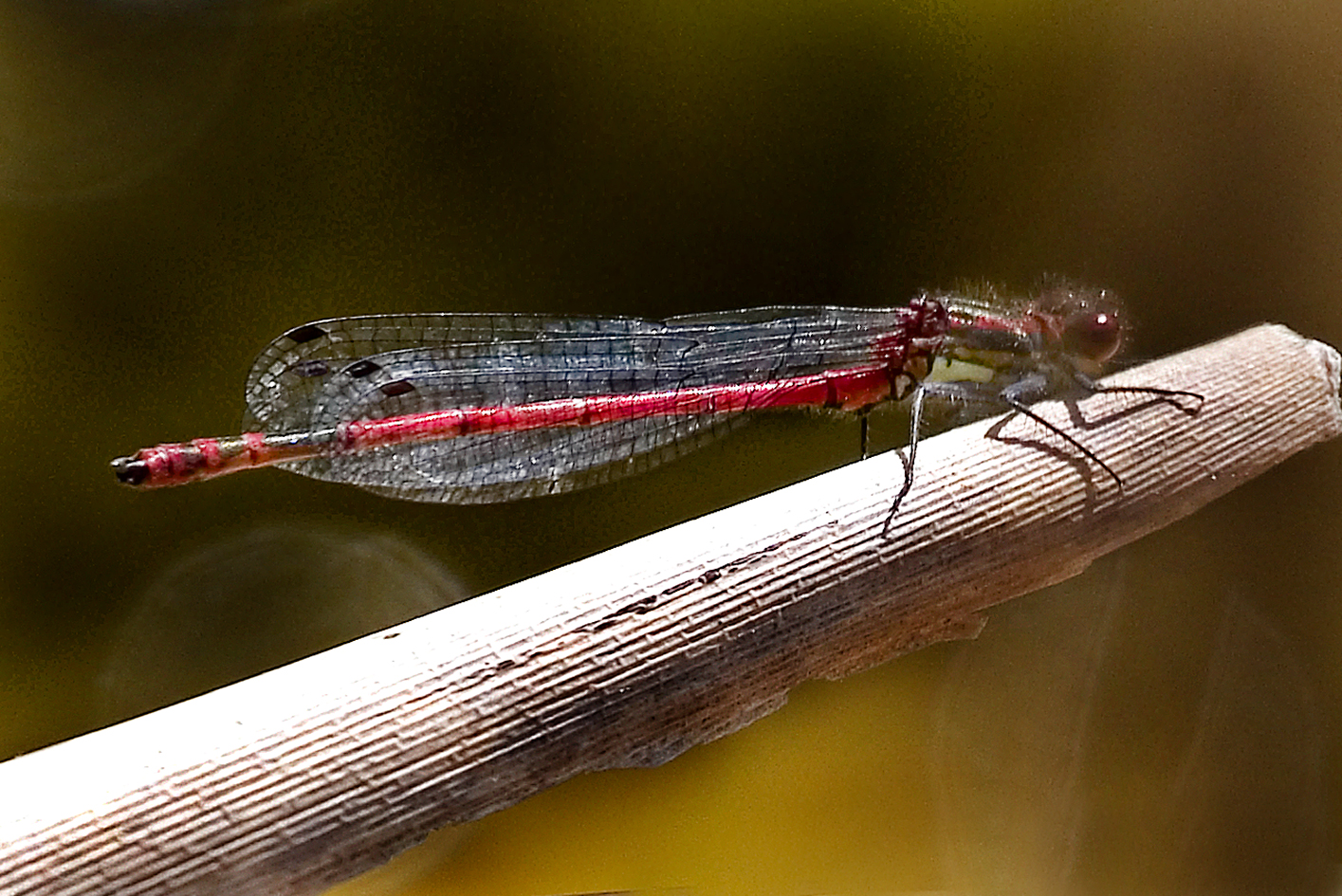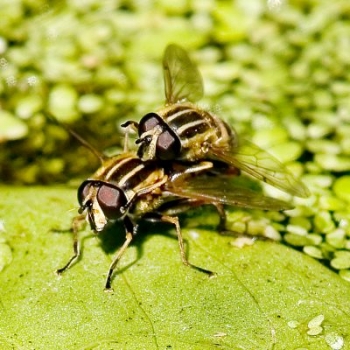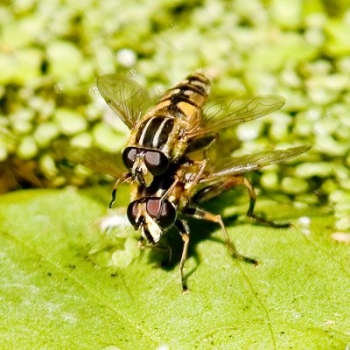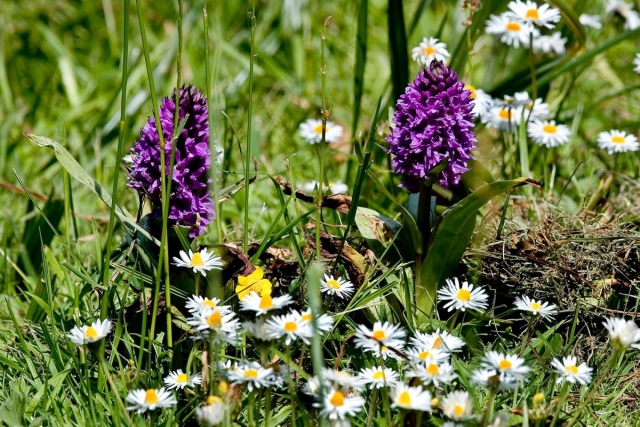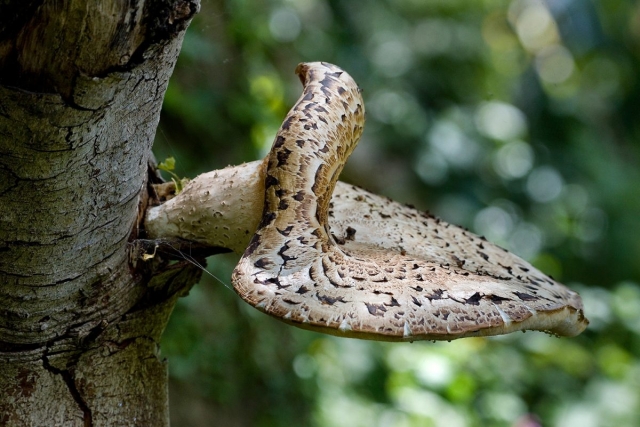From Alwyn. I am attempting to rear four Orange Tip caterpillars all the way to butterflies. The caterpillars undergo a total of five instars (moulting stages) before forming a pupa or chrysalis. They stay in this form for 10 months until next April/May before the adult butterflies emerge. So a long wait!
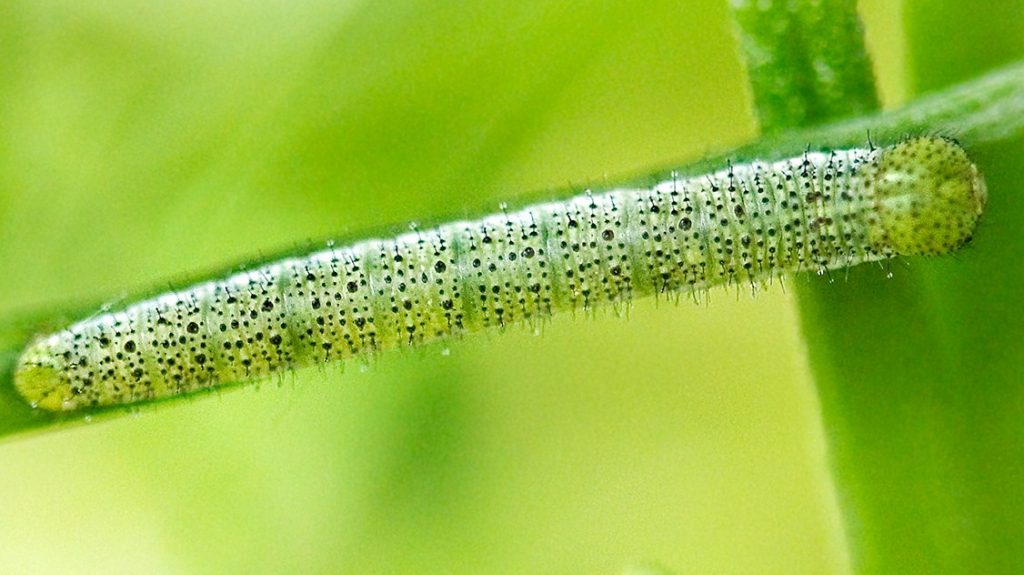
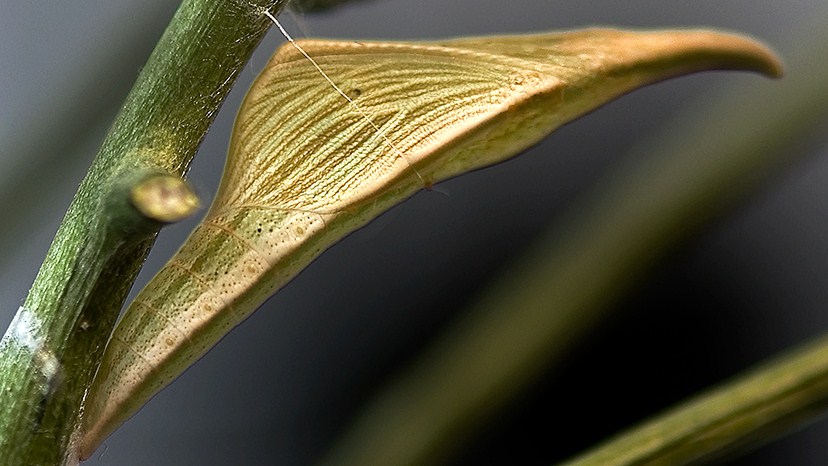
The process starts when the fifth instar caterpillar, about 31mm long, assumes the pupating position (curved bow-like) on a selected plant stem. A silken thread girdle is spun around its abdomen centre which holds it in place, rather like a rock climbers’ rope. The tail end is attached by small hooks (cremasters) to a silk pad for final stability. It stays like this, motionless for up to 24 hours before the transformation into a chrysalis begins.
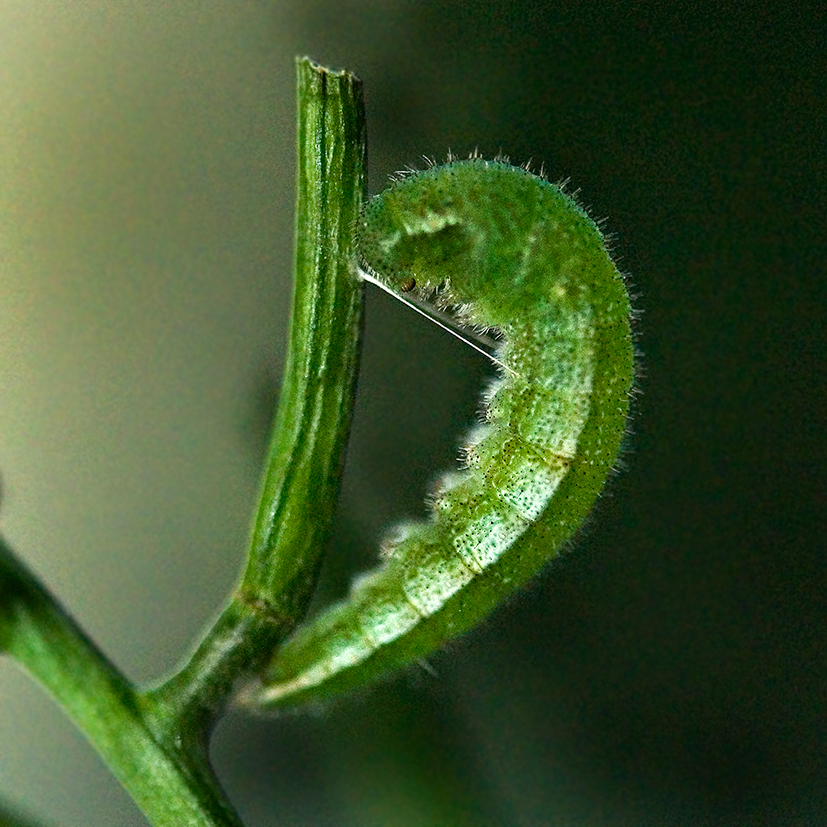
The transformation starts with a bump growing on the caterpillar’s head, which quickly develops into a ‘pixie-like’ pointed cap. Then the chrysalis shell seems to envelop the caterpillar from head downward fattening out in the middle (to accommodate the wings?) and continues down the abdomen to the tail end. A little writhing and wriggling dislodges and discards the headpart and the chrysalis is formed: a lovely, elegant ‘gondola’ boat shape form with two pointed ends and a triangular middle area, still attached firmly to the stem. Here is the transformation process sequence, utilising photos from two different caterpillars
Yes a long wait for 10 months before the adult butterflies emerge next April/May.
Very satisfying though to watch the process of how the chrysalis forms. Alwyn.
See more in the comments on this post …

